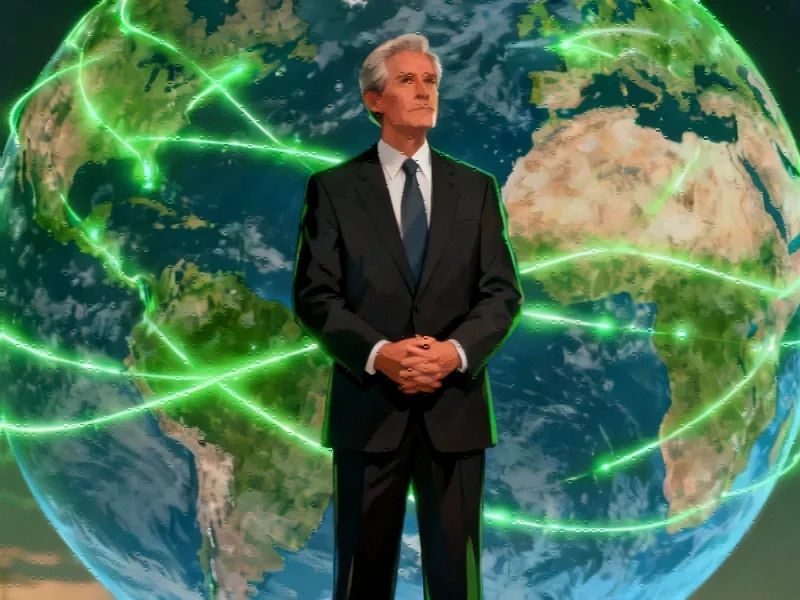The Rising Scientific Interest in Solar Radiation Management
Once relegated to the fringes of climate science, solar radiation management—particularly through stratospheric aerosol injection (SAI)—has entered mainstream scientific discourse. This approach involves releasing reflective particles into the atmosphere to bounce sunlight back into space, potentially offsetting global warming. Hundreds of studies have modeled SAI’s potential, yet emerging research suggests the practical challenges may be dramatically underestimated.
Table of Contents
The Gap Between Idealized Models and Messy Reality
According to researchers from Columbia University, even the most sophisticated climate models present an idealized version of SAI. V. Faye McNeill, an atmospheric chemist at Columbia’s Climate School, explains: “Researchers model perfect particles of the perfect size, placed precisely where and when desired. But reality introduces countless variables that widen the range of possible outcomes far beyond current predictions.”
In a Scientific Reports paper, McNeill and colleagues highlight how deployment nuances—altitude, longitude, timing, and particle quantity—significantly influence SAI’s effectiveness and side effects. Latitude emerges as particularly crucial: polar-focused SAI could disrupt tropical monsoons, while equatorial deployment might alter jet streams and heat distribution toward the poles.
Governance Challenges in a Geopolitically Fractured World
The variability in SAI outcomes underscores the need for centralized, coordinated deployment—a prospect complicated by global political realities. Unlike volcanic eruptions, which provide natural analogs for SAI (like Mount Pinatubo’s 1991 cooling event), human-controlled geoengineering would require unprecedented international cooperation. Pinatubo’s aftermath also demonstrated unintended consequences, including monsoon disruption and ozone depletion—risks that could be magnified in deliberate SAI campaigns., according to technology insights
The Material Science Obstacles
While sulfates have been the primary focus of SAI research due to their volcanic precedent, they carry environmental concerns like acid rain and ozone damage. This has spurred investigation into alternative aerosols:
- Calcium carbonate and alpha alumina: Abundant but challenging to disperse effectively
- Diamond: Optically ideal but prohibitively scarce
- Cubic zirconia and rutile titania: Potentially available but economically constrained
Lead author Miranda Hack notes that proposed materials often overlook practical limitations: “Many candidates aren’t particularly abundant, and at sub-micron sizes, minerals tend to clump into less-effective aggregates.” These aggregates not only reduce sunlight reflection but introduce new climate impacts that remain poorly understood., according to additional coverage
Economic and Technical Implementation Barriers
Columbia’s economic modeling reveals that scaling SAI would strain supply chains and inflate costs for most alternative materials. Beyond availability, the technical challenges of manufacturing and dispersing particles at the required scale present additional hurdles. As climate economist Gernot Wagner observes, “Given the messy realities, SAI isn’t going to happen the way that 99% of these papers model.”, as covered previously, according to market developments
Weighing Risks in Climate Intervention Strategies
The researchers emphasize that SAI’s uncertainties must be acknowledged when considering it as a climate tool. Rather than a silver bullet, it represents a trade-off between risks—potentially exacerbating some climate issues while alleviating others. As the scientific community grapples with these complexities, the conversation is shifting from whether we can implement SAI to whether we should, given the vast gap between theoretical models and practical execution., according to industry reports
This research, coauthored by Daniel Steingart of the Columbia Electrochemical Energy Center, underscores that dimming the sun is not merely a technical challenge but a multifaceted problem intersecting physics, materials science, economics, and international relations.
Related Articles You May Find Interesting
- CFOs Urged to Align with Tech Leaders to Unlock AI’s Full Potential, Survey Reve
- November 2025 PS Plus Extra Shake-Up: 7 Major Titles Departing Including Battlef
- The New Ransomware Economy: Why Targeted Attacks Now Cost Millions More
- 3D-Printed Slippery Surfaces Revolutionize Industrial Applications
- Cryo-EM Breakthrough: Unlocking Small Protein Structures with Coiled Coil Fusion
This article aggregates information from publicly available sources. All trademarks and copyrights belong to their respective owners.
Note: Featured image is for illustrative purposes only and does not represent any specific product, service, or entity mentioned in this article.




654c0k